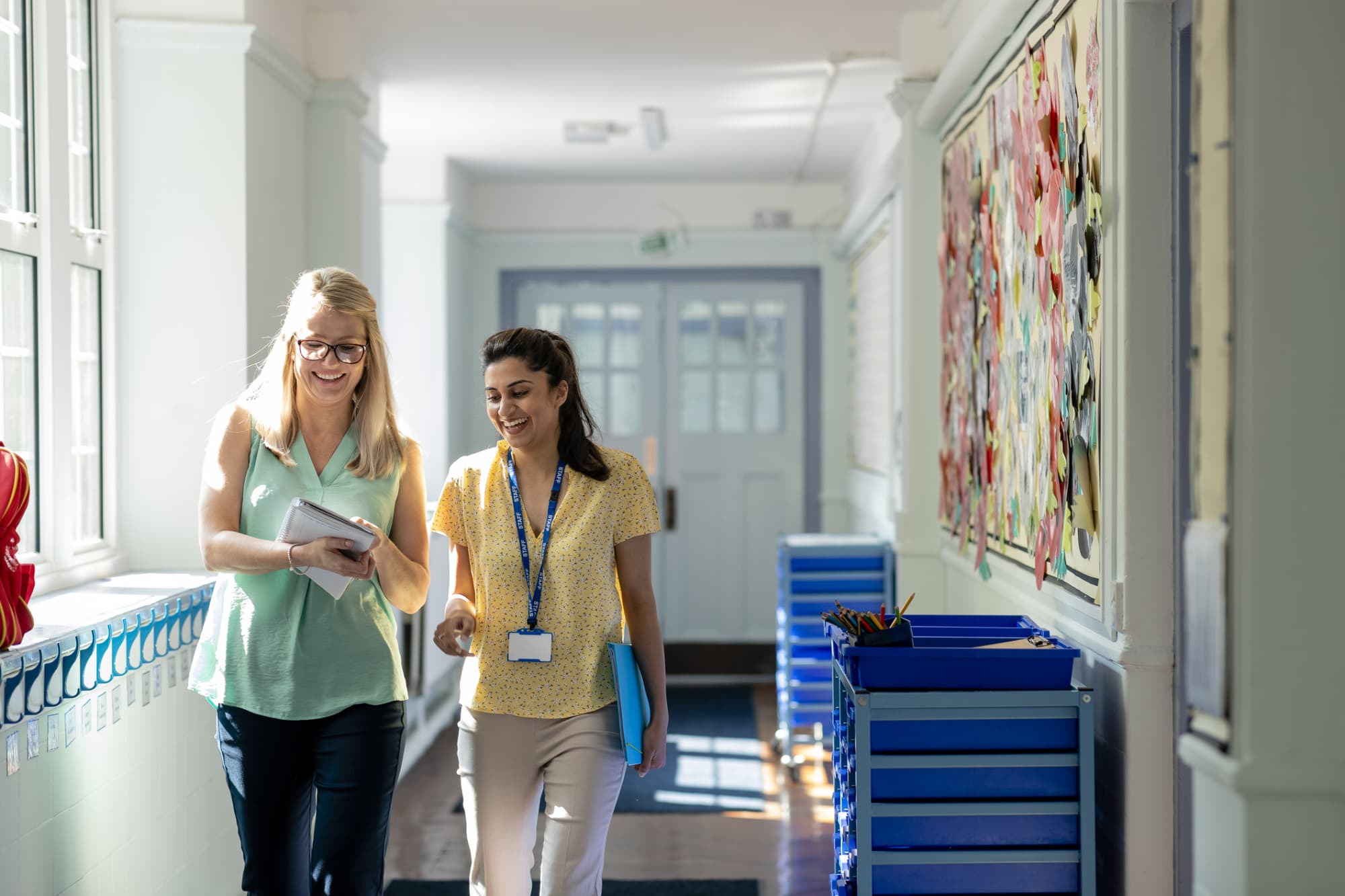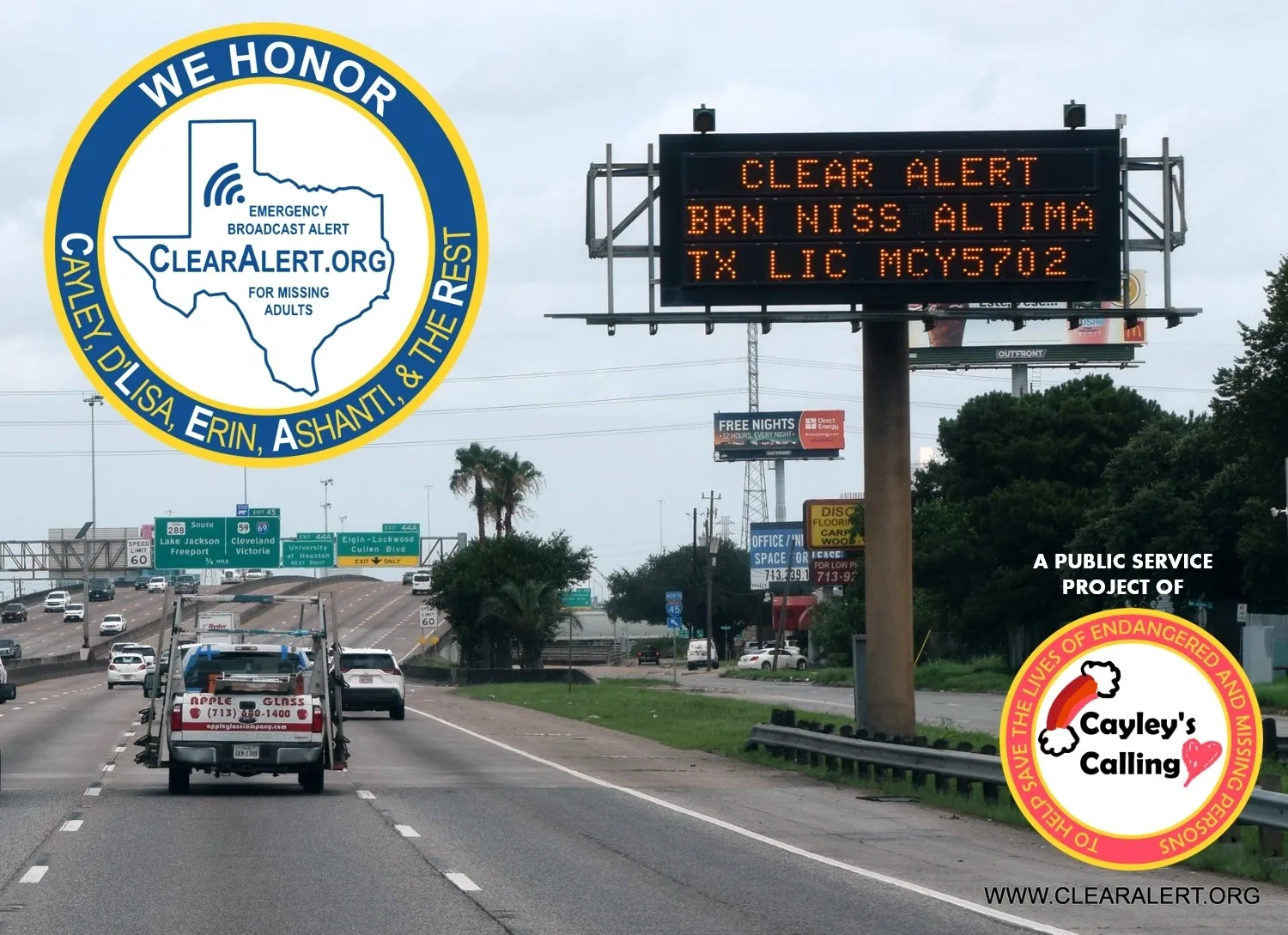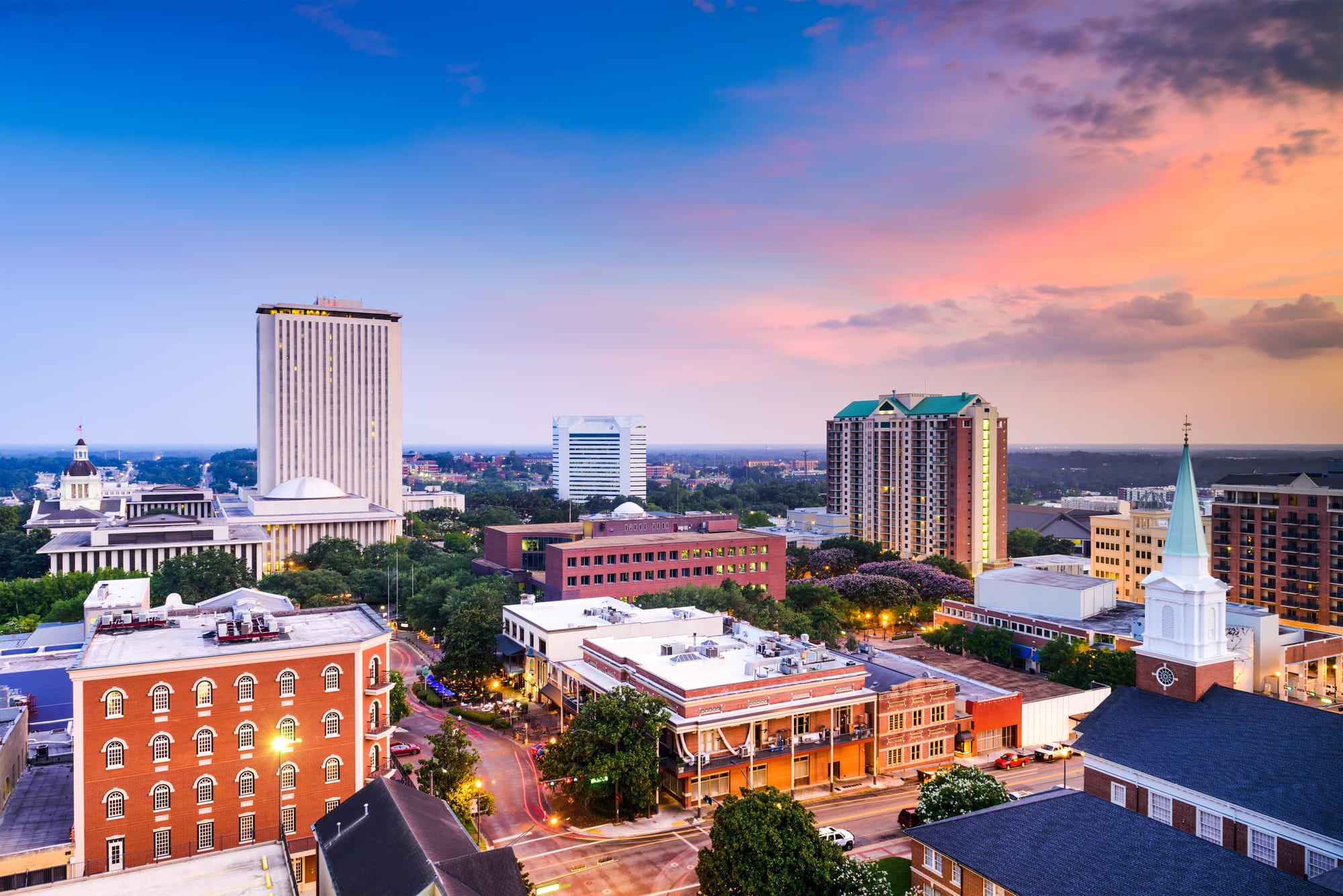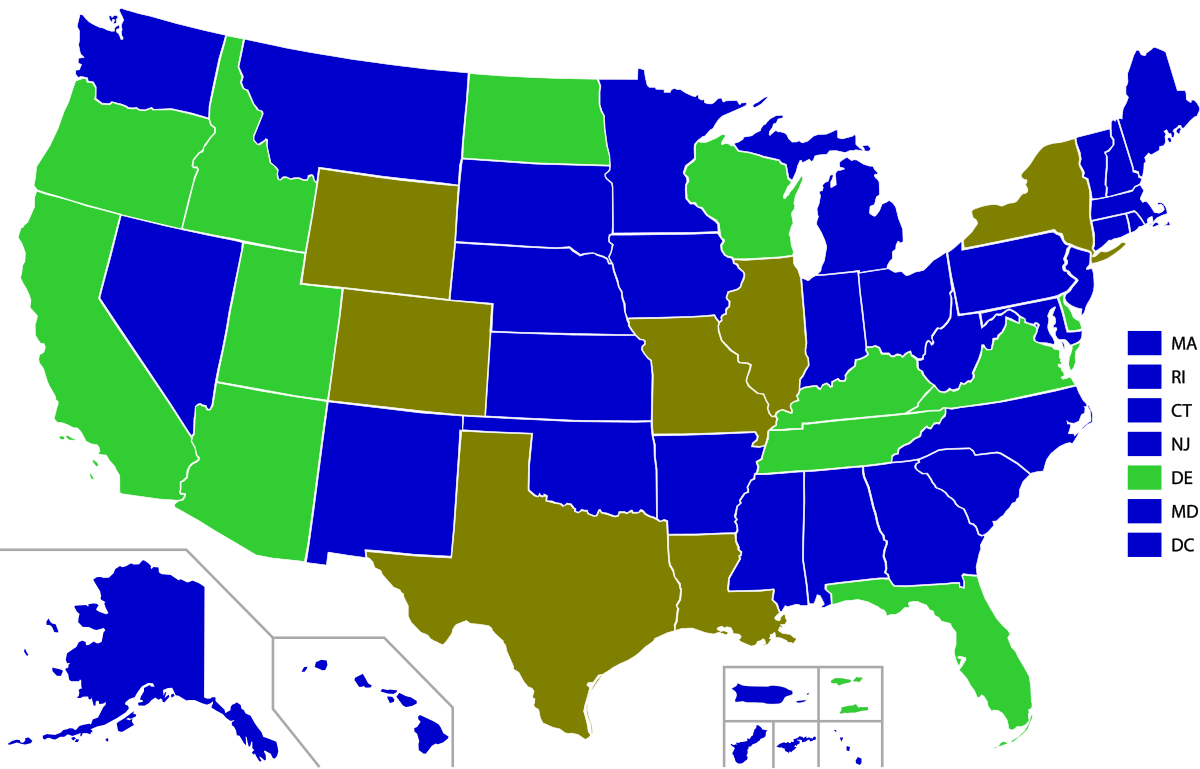Hurricanes are big storms that can cause a lot of trouble, especially in places like Florida. They bring strong winds, heavy rain, and can lead to flooding. Knowing when hurricanes are most likely to happen is really important for everyone who lives in or visits Florida. In this article, we will explore when is peak hurricane season in Florida, what hurricanes are, how they form, and how you can stay safe during these storms.
What is a Hurricane?
A hurricane is a type of storm that forms over warm ocean waters. When the water heats up, it causes the air above it to rise. As this warm air rises, cooler air moves in to take its place, creating wind. This cycle continues, and if the conditions are just right, the storm can grow bigger and stronger. Hurricanes are rated on a scale from 1 to 5, with 1 being the least severe and 5 being the most dangerous.
Hurricanes can be very powerful. They can have winds that exceed 150 miles per hour! When a hurricane makes landfall, it can cause serious damage to homes, trees, and roads. That’s why understanding when hurricanes are most likely to occur is crucial for preparation and safety. Also read When is Peak Hurricane Season in Florida
When is Peak Hurricane Season in Florida?
Now, let’s get to the main question: when is peak hurricane season in Florida? Peak hurricane season typically occurs from August to October. During these months, conditions in the Atlantic Ocean are usually just right for hurricanes to form.
August is often considered the start of this peak season. The ocean is warm, and storms start to pop up more frequently. September is usually the busiest month, with the most hurricanes forming during this time. By October, the season begins to wind down, but hurricanes can still occur.
Why Does Peak Hurricane Season Happen?
You might wonder why hurricanes are more common during these months. The answer lies in the temperature of the ocean water and atmospheric conditions. As summer heats the ocean, the water temperature rises, providing the necessary heat and moisture for hurricanes to develop.
Additionally, in late summer and early fall, the atmosphere becomes more favorable for the formation of these storms. The winds are just right, and disturbances in the atmosphere can help trigger hurricanes. So, the combination of warm water and the right weather patterns leads to an increase in hurricane activity.
The History of Hurricanes in Florida
Florida has a long history of hurricanes. Some of these storms have caused significant damage and have changed how people prepare for hurricanes today. For example, Hurricane Andrew in 1992 was a powerful storm that taught many lessons about hurricane preparedness and safety.
Hurricanes have been a part of Florida’s weather for a long time, and residents have learned to be ready when the season starts. Knowing when is peak hurricane season in Florida can help everyone stay alert and safe.
Preparing for Hurricane Season
Preparation is key to staying safe during hurricane season. Even if a storm doesn’t hit your area, it’s always good to be ready. Here are some simple steps to help you prepare:
- Make a Plan: Talk to your family about what to do if a hurricane is coming. Decide where to go if you need to evacuate and how you will communicate with each other.
- Gather Supplies: Stock up on food, water, and supplies. It’s good to have enough non-perishable food and clean water for at least three days.
- Secure Your Home: Check your house for any loose items that can become projectiles in strong winds. Make sure your windows and doors are secured.
- Stay Informed: Keep an eye on the weather reports and know when a hurricane watch or warning is issued.
- Know Your Neighbors: If you have elderly or disabled neighbors, check on them to see if they need help preparing.
By taking these steps, you can ensure that you and your family are ready when peak hurricane season rolls around.
How to Stay Safe During a Hurricane
Staying safe during a hurricane is very important. Here are some tips to help you:
- Evacuate If Necessary: If local officials tell you to evacuate, take their advice seriously. It’s always better to be safe than sorry.
- Stay Indoors: If you cannot evacuate, stay inside your home. Find a safe room, like a bathroom or closet, where you can wait out the storm.
- Listen to the News: Keep a battery-powered radio handy. This way, you can listen to updates and information about the storm.
- Avoid Flooded Areas: Never drive through flooded streets. Just a few inches of water can sweep a car away.
- Stay Calm: Hurricanes can be scary, but staying calm is important. Make sure to have some activities ready to keep everyone occupied during the storm.
The Importance of Community Preparedness
Hurricane season is not just an individual concern; it’s a community issue too. Neighbors should come together to help each other prepare and stay safe. Local organizations often provide resources and information on how to prepare for hurricanes. Community centers might hold meetings to discuss safety plans and resources available during hurricane season.
Schools also play an important role. They can teach kids about hurricanes and how to stay safe. By educating everyone about when is peak hurricane season in Florida and what to do, communities can work together to ensure safety.
Understanding Hurricane Categories
Hurricanes are categorized based on their wind speeds. Understanding these categories can help you gauge how dangerous a storm might be:
- Category 1: Winds of 74-95 mph. These storms can cause some damage but are not typically life-threatening.
- Category 2: Winds of 96-110 mph. These can cause significant damage, especially to mobile homes and poorly built structures.
- Category 3: Winds of 111-129 mph. This category is considered a major hurricane and can cause devastating damage.
- Category 4: Winds of 130-156 mph. These storms can lead to catastrophic damage and a high risk of injury or death.
- Category 5: Winds of 157 mph and higher. This is the most severe category, and it can cause total destruction of buildings and infrastructure.
By understanding these categories, you can better prepare for what to expect during a hurricane.
The Role of Technology in Hurricane Tracking
In today’s world, technology plays a huge role in tracking hurricanes. Meteorologists use satellites, radar, and computer models to monitor storms and predict their paths. This information helps keep people safe by providing early warnings.
Weather apps and websites also provide real-time updates. Many people rely on these tools to stay informed about hurricane developments. Being connected and informed can make a big difference when it comes to safety.
The Aftermath of a Hurricane
After a hurricane passes, it’s important to stay cautious. The aftermath can be just as dangerous as the storm itself. Here are some things to remember:
- Wait for Official Signals: Don’t leave your safe area until local authorities say it’s safe to do so.
- Avoid Downed Power Lines: If you see any downed power lines, stay away and report them to the authorities.
- Be Careful of Flooding: Even if the rain stops, flooding can still pose a risk. Be mindful of water levels and avoid walking or driving through flooded areas.
- Check on Neighbors: After the storm, check on neighbors, especially the elderly or disabled. They may need assistance.
- Document Damage: If your property is damaged, take pictures for insurance purposes. This can help speed up claims later.
The Future of Hurricane Preparedness
As climate change continues to affect our weather patterns, experts predict that hurricanes may become more intense. This makes understanding when is peak hurricane season in Florida even more critical. Communities need to adapt and improve their preparedness strategies to handle these changes.
Investing in better infrastructure, updating building codes, and enhancing emergency response plans are all steps that can help reduce the impact of future hurricanes. Additionally, educating the public on hurricane safety and preparedness will always be vital.
Conclusion
In conclusion, understanding when is peak hurricane season in Florida is essential for safety and preparedness. From August to October, residents and visitors should be aware of the increased risk of hurricanes. By preparing in advance and knowing what to do during and after a storm, everyone can stay safer.
Remember, hurricanes are a part of living in Florida, but with the right knowledge and preparations, we can all help protect ourselves and our communities. Whether you’re a long-time resident or just visiting, staying informed and prepared will make all the difference when the storms come. Stay safe, and always be ready!





